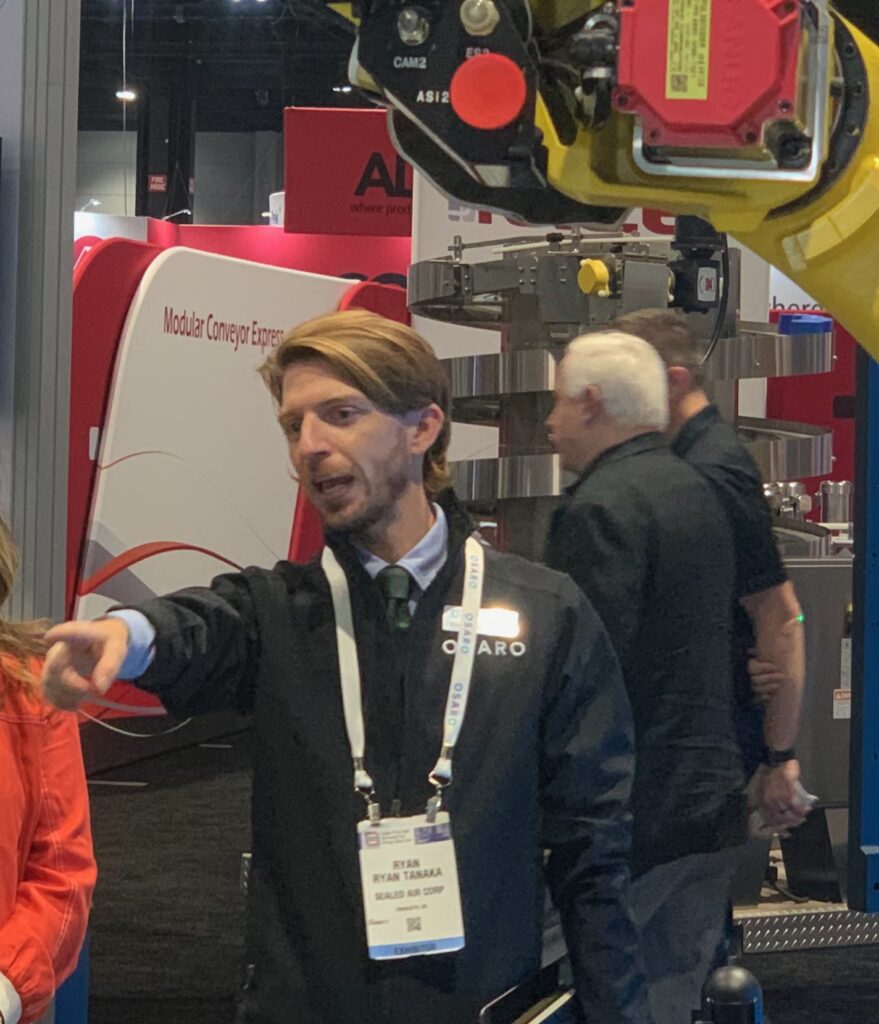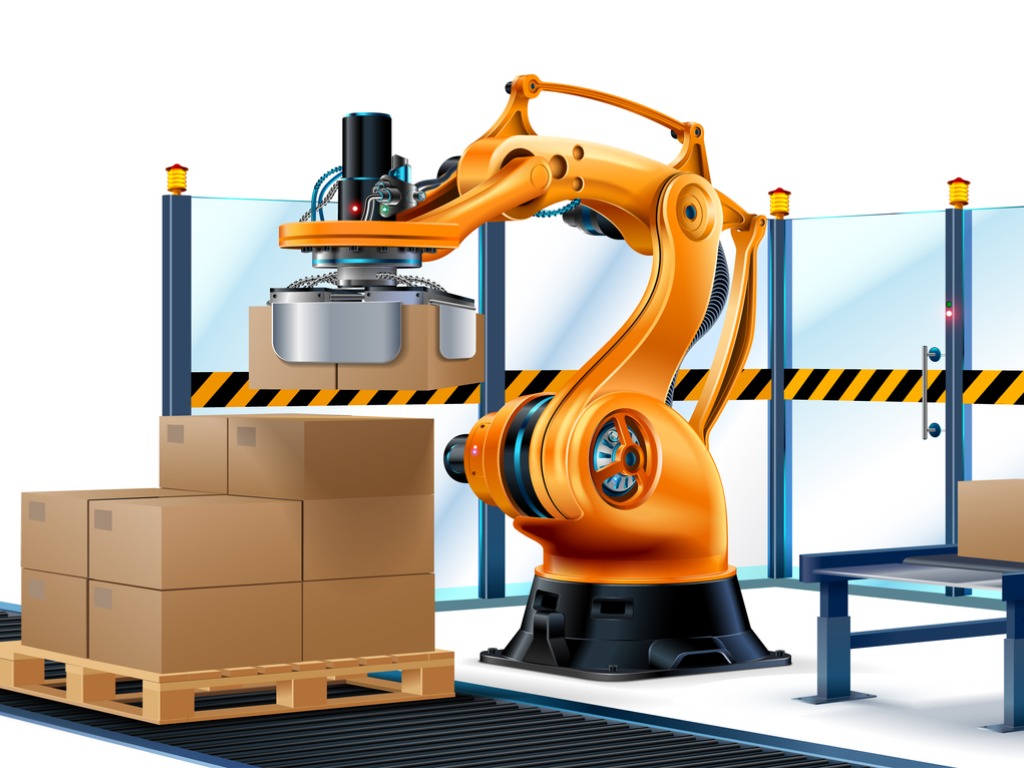
Meet our Expert
Ryan Tanaka is an industrial automation expert who joined machine learning-enabled robotics maker OSARO in 2020 just as e-commerce fulfillment growth exploded and new generation of AI-driven robots became available to take on expanded automation tasks. He has worked with integrators, 3PLs, and retail companies. As senior sales associate, Ryan prides himself on helping customers understand upfront how robotic solutions can potentially meet their particular processing needs. From the Midwest, Tanaka, who is bilingual, also worked several years in Japan. He previously worked at NTC America as a sales engineer. Prior to that he was in operations and CRM systems at Tecdia, a Japanese electronic components manufacturer. Tanaka is a graduate of Michigan State University and has an executive program certificate in Supply Chain Management.
A Five-step Guide for Robotics Planning
By Barbara Buell, OSARO Ask an Expert series
Robotics automation holds great promise, but it is complex and therefore involves risk. Careful planning and asking the right questions can mitigate that. With persistent labor shortages and growing e-commerce demand, adopting robotics is a strategic must. Ryan Tanaka explains.
Why is robotics critical to warehouse automation?
Tanaka: In the last 15 years or so, autonomous mobile robots (AMR) and automated storage and retrieval systems (ASRS) have become well established in goods-to-person (G2P) warehouse fulfillment. The latest area of technology migration is the goods-to-robot (G2R) function that expands the role robots play on the warehouse floor. G2R is where the greatest gains in efficiency and accuracy can be achieved, and where labor shortages persist. Typically, this activity involves an AI-driven robot that does piece picking – a laborious, repetitive job previously handled only by humans. This may involve picking many different kinds of products in conjunction with sortation, induction, depalletization, decanting (unpacking boxes), and bagging of products for processing downstream. Robotics also addresses the persistent problem of the labor shortage and high turnover in warehouses.
What are the 5 steps to get started with robotics in e-commerce?
Tanaka: There are five things you need to do to launch a successful project.
Step 1: Articulate your business goal(s) and measurable results.
Step 2: Assess your needs.
Step 3: Develop a plan to upskill employees as the project takes shape.
Step 4: Make sure your vendor provides a documented project implementation plan and customer support program.
Step 5: Consider how you will finance and justify the project.
Step 1: Articulate your goal for robotics
Tanaka: Seek clear internal agreement on the problem you want to solve so you can identify vendors with the right capabilities. Include the C-suite, as well as floor operators, in the discussion and decisions. Identify what problem you are trying to solve: Demand? Labor? Speed? Cost? Safety? Think about how you will make the business case to your C-suite.
Step 2: Assess your needs for robotics.
Tanaka: Working with your warehouse floor team, review the mix of processes you need – receiving, depalletization, decanting, storage and retrieval, piece picking, induction/sortation, value-added services (gift wrap, bag & tag, etc.), pack out, and/or shipping. What is the cadence of product flow? Are goods coming in evenly every hour or is there a large delivery every week that must be processed quickly? Your vendor should conduct an upfront feasibility study to determine the best options for your existing or greenfield setup. Plus, your new robotic solution should allow for flexible handling of multiple product types and flows as your business changes over time
Step 3: Upskill your employees
Tanaka: You need to investigate various training options to upskill your employees so they can assume new value-added roles within the warehouse, which will minimize turnover.
Step 4: Look for sustained customer support
Tanaka: Look for a vendor that has e-commerce fulfillment industry experience, as well as capacity to take on the job. Integrating different automation systems in a brownfield or greenfield environment is complex, so make sure your vendor is willing and able to support you before the sale and once deployment begins. There should be a well-defined and documented process for project implementation and client hand-off, plus regular customer business reviews, and a sustainable lifecycle plan to keep the solution running optimally after installation. You want a vendor who will get you to the finish line, successfully.
Step 5: Financing robotics automation
Tanaka: Traditionally, factory and distribution automation was funded as a capital expenditure, but you should consider lower-risk alternate plans to finance your project. Robot-as-a-Service (RaaS) contracts – essentially, that’s rent-a-robot – are a fixed expense, and can be less risky than a costly upfront capital investment. RaaS plans are becoming more common, and many vendors now offer them.
What questions should you ask of an integrator versus a robotics company?
Tanaka: With integrators, make sure they have capacity. Global warehouse capacity is expected to double from 3 billion square feet of new warehouse space in 2020 to 6.3 billion square feet in 2025, according to the research firm Interact Analysis. Many integrators are backlogged for months, if not years, with existing and future projects. What is your time horizon for implementation – and theirs? With a robotics company, ask them if they provide turnkey solutions.
What happens after robot installation?
Tanaka: You need to monitor/measure project success against best practices and continuous improvement. There are generally five business objectives to consider: sales/revenue, productivity (such as pick-to-ship cycle time), quality (such as lower mispicks and damage rates), compliance (such as safety), and profitability.



